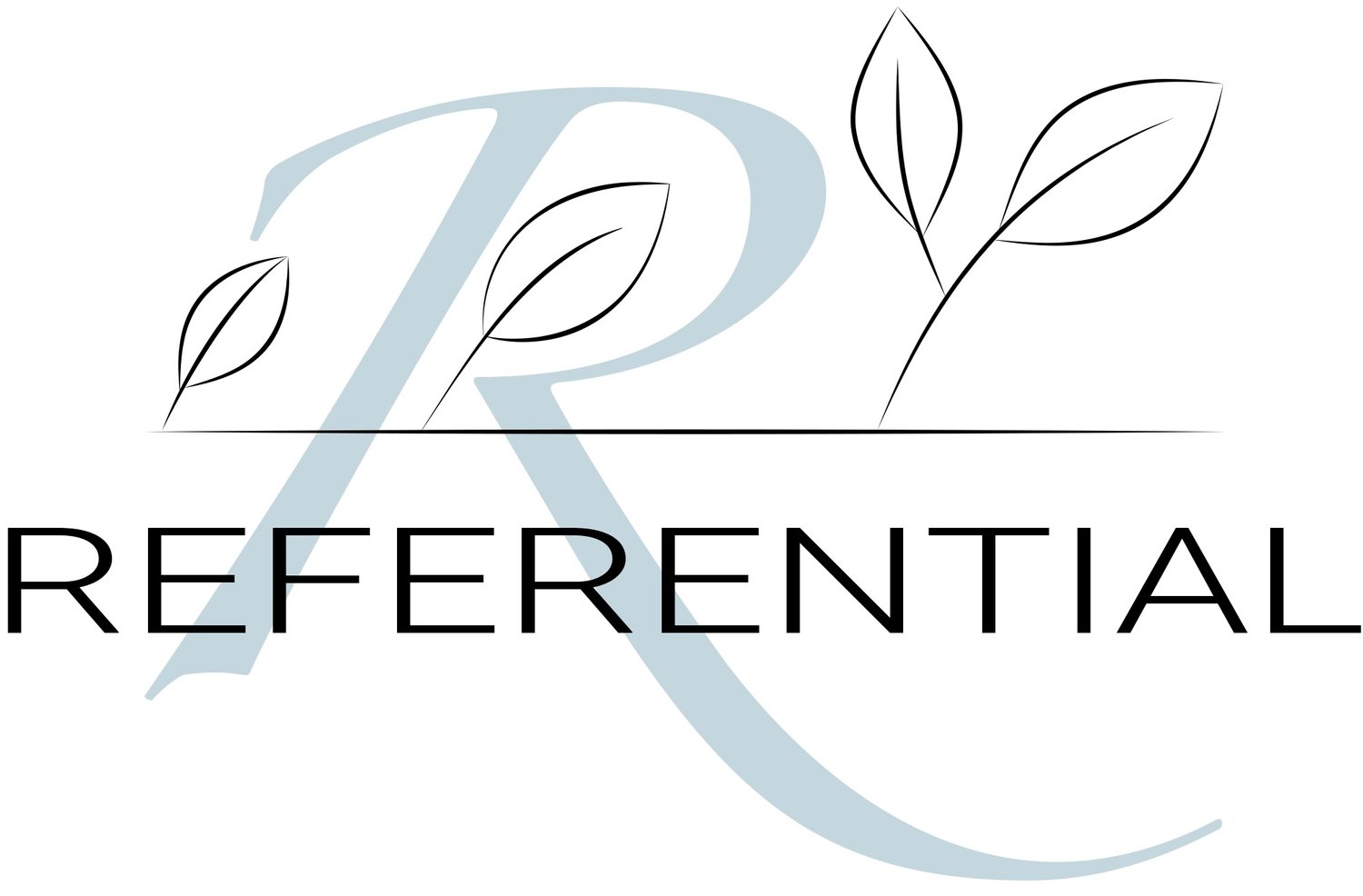5 Reasons Why A Company Should Think Twice Before Cutting Customer Advocacy Staff from the Budget
Whenever things are uncertain, marketing budgets are constantly the first to be slashed, and the customer advocacy program is frequently a prime target.
I’ve often said that the role of the customer advocacy professional (CAP) is undervalued and underappreciated. In each position I have held over the years, I recall spending a significant amount of time justifying my team’s existence or helping to fight for budget. Certainly, that is something we’ve all experienced when the program reports into Marketing. The customer advocacy role is frequently misunderstood; marketeers tend to think, “find a customer reference? That’s easy…Why do we have a team of people doing this work?”
Because it isn’t easy. In our role as customer advocacy professionals, we’ve developed a broad set of skills that enable us to engage with sales teams, nurture customers, assist in closing deals, fulfill marketing needs, manage data, promote ideas to leadership, serve multiple stakeholders up to the C-suite, and ultimately, justify our existence by tracking progress and results.
1. Deepening customer relationships
In many cases, particularly in tiered advocacy programs, the customer advocacy team has developed close relationships with key customers. Just as sales and customer success have their place, the customer advocacy team is uniquely and specifically positioned to nurture the customer voice and enable contacts to share their successes in ways that they feel benefit themselves and their company. Sales teams often experience high turnover; meanwhile the CAP can be a consistently available resource for the customer to help uphold their loyalty to the brand. This is especially true for customers that do not have a dedicated Customer Success Manager (CSM). The customer advocacy team’s knowledge of the account helps act as a necessary extension of the account team and facilitates a level of relationship building that other roles just aren’t focused on.
2. A central source for customer intelligence
The management of customer preferences for advocacy activities and the history of their participation in those events is a goldmine of information that is usually stored in a database managed by the customer advocacy team. Sales and marketing teams have a go-to resource to identify matches for their needs, which is ultimately a great time-savings for them. The advocacy team continually keeps an eye out for opportunities that may fit customers’ profiles. For example, at short notice, my team was recently called on to fill a newly created customer panel for a virtual conference. We quickly produced a list of candidates to target and worked through account teams to secure the right customers who were not just willing but wanting to participate to get more personal exposure in these uncertain times.
3. Practicing an established marketing discipline with proven results
As a Certified Customer Advocacy Professional (CCAP), I am held to a certain standard in managing the role. The Institute of Certified Customer Advocacy Professionals certification provides an acknowledged level of competency. The members abide by industry best practices to ensure our employers are getting the best value for their dollar. As budgetary needs change over time, we can adapt to whatever the strategic goals are related to in terms of advocate recruitment, sales and marketing customer reference request fulfillment, developing co-marketing plans with top customers, and the like.
4. Feeding social media
As social media is becoming the primary resource for product reviews and peer guidance, more and more individuals today are comfortable with sharing their views publicly. Customer advocacy professionals can facilitate thought-leadership opportunities through analyst product review sites and media outlets. By maintaining relationships with these external resources, endless advocate opportunities can be identified such as podcasts, virtual speaking engagements, peer reviews, and industry blogs.
5. Customer advocates boost company revenue
As an extended arm of the sales organization, the customer advocacy team works diligently to secure the references needed to close deals. The team can quickly identify the best match for a prospects’ needs and can shorten the sales cycles. In addition, studies show that advocates increase their spend 2X on products and services in 12-24 months. They also bring in 5-10X their own spend in new business by having casual conversations about the benefits they see from the solution. In an uncertain economy, customer advocacy is a business imperative to maintaining profits.
Advocacy produces results
Constantly refreshing the pool of customer advocates, initiating peer-to-peer influence, bringing customer voice to life to highlight success and promote the brand, helping to close deals: None of these things are expendable. As long as we track our successes and measure them against strategic corporate goals and critical KPIs, we can continue to justify the investment in customer advocacy staff as we are directly contributing to the bottom line.
Need support justifying headcount or a customer advocacy program budget? Contact us!


